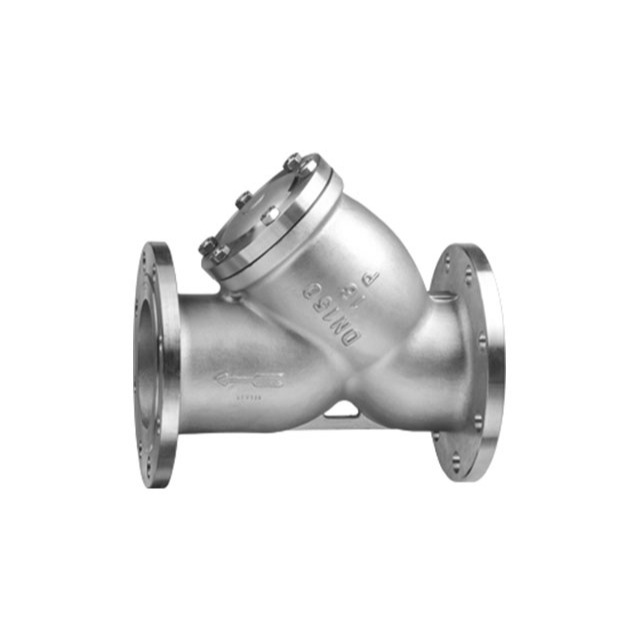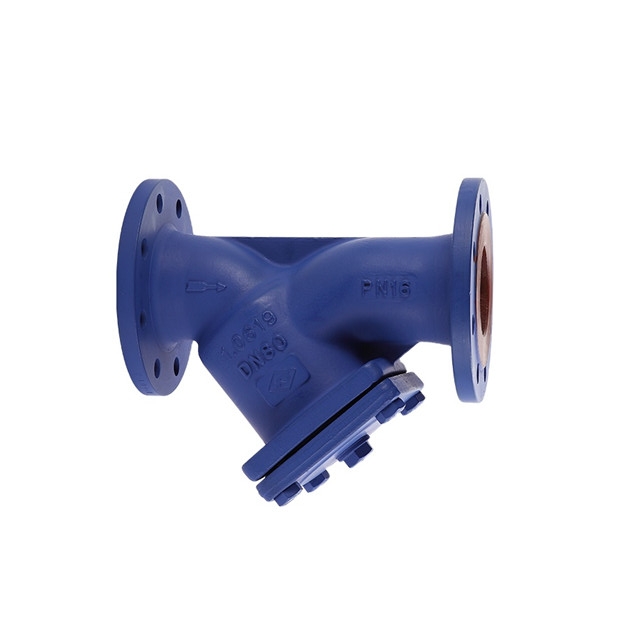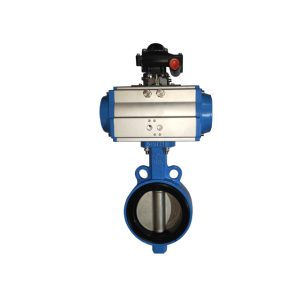Table of Contents
ToggleY strainers are versatile inline filtration devices installed across countless industrial fluid transfer applications. But with such a wide variety of models, what material options make the most sense for durability, compatibility and performance? Let’s review some of the most popular.
- Carbon steel: cost-effective and durable
- Stainless steel: enhanced corrosion resistance
- Cast iron: legacy option, heavy-duty
- Plastic: lightweight, non-conductive
The right Y strainer body material depends on fluid properties, pressure, temperature, weight restrictions and other factors. Understanding common options helps ensure optimal compatibility and service life.
Importance of Material Selection
When specifying any industrial component, properly matching the material to the application is critical to performance and longevity. This is especially true for strainers and filtration products subject to harsh operating conditions. Let’s examine why material selection matters.
Ensuring Adequate Strength and Pressure Ratings
The material comprising a Y strainer must withstand the maximal pressures and mechanical loads expected in service. More rugged metals like steel and iron ensure ample strength margins and pressure ratings. Brittle materials can pose safety risks if pressures fluctuate beyond ratings.
Withstanding Temperature Extremes
The right material also resists distortion or property changes when exposed to hot or cold process fluids over time. For example, plastic strainers have a much lower temperature limit than steel models. Be sure to factor in realistic temperature swings.
Resisting Corrosion
Y strainer materials must be compatible with sometimes harsh process chemistry. Otherwise, corrosion, pitting and wall loss threaten structural integrity. While steel handles water and oil, only speciality alloys survive acidic or caustic environments.
Facilitating Ease of Manufacture
Manufacturability is also key. More ductile materials like carbon steel plates allow for fabricating large housings via forming and welding. Cast materials enable intricate shapes and features. Ease of machining must also be considered for covers and connections.
Material Options for Y Strainers
Here are a few options available for you when it comes to material for different types of strainers:
Carbon Steel Strainers
Carbon steel is one of the most widely used Y strainer materials due to its excellent durability and low cost. The material withstands high pressures and temperatures for demanding industrial services.
Carbon steel Y strainer features welded bodies and bolted covers. They handle fluids from water to petroleum products to chemicals. Interior and exterior paint or epoxy coatings provide corrosion allowance.
This versatile metal is an ideal baseline Y strainer material for applications not facing extremes of temperature, pressure or corrosion. The balance of strength, weldability and cost-effectiveness makes carbon steel a practical choice for fuel filters, industrial filtration, agriculture and more.
Stainless Steel Y-Strainer
For enhanced corrosion resistance, stainless steel Y strainers are very popular. The chromium-rich alloy resists rust and chemical attack from acids, solvents, salts and other aggressive substances.
Stainless models handle filtrate temperatures from cryogenic up to over 1,000°F (540°C). They withstand high pressures in pipelines, equipment protection and other critical services. Common grades are 304L and 316L.
This durable, sanitary material is the go-to choice for applications like food/beverage processing, pharmaceuticals, chemical plants and marine environments. Though more costly than carbon steel, the long service life and reduced maintenance justify stainless Y strainers in many cases.
Cast Iron Strainers
Legacy cast iron Y strainers continue to deliver rugged performance across industrial landscapes. Cast iron handles high temperatures and resists corrosion in water, oil and many chemical services.
The material offers excellent casting fluidity and machining properties. This facilitates strainer bodies with large filth-holding capacities and integrated pressure taps for instrumentation.
Cast iron’s vibration-damping qualities also make it a choice material for strainers installed on reciprocating machineries like pumps and compressors. Though heavy, cast iron strainers offer exceptional pressure ratings and lifecycles.
Plastic Y Strainers
For lightweight, non-conductive performance, plastic Y strainers serve water treatment, chemical processing and other applications. Durable engineered thermoplastics withstand moderate temperatures and pressures.
PP and PVDF plastic models handle a broad range of corrosive fluids, from acids to caustics. Fiber-reinforced plastic constructions enable large strainers rated for substantial pressures.
Being completely nonmetallic, plastic body strainers eliminate corrosion and resist scale buildup. This saves maintenance expenses over time. Care must be taken, however regarding heat and solvent resistance.
Frequently Asked Questions – FAQs
What is the purpose of a Y strainer?
Y strainers are inline filtration devices designed to protect equipment by removing solid contaminants from fluids in pipe systems. They filter particles that could damage pumps, valves, nozzles, and other critical components.
How does a Y strainer work?
Y strainers feature a Y-shaped body installed directly into the pipeline flow path. Fluid enters the inlet side, flows through a perforated screen that captures debris, and then exits the outlet side. Solids collect until the screen is removed and cleaned.
What are Y strainers made from?
Y strainers come in various metals like carbon steel, stainless steel, cast iron and bronze. Engineers also use durable thermoplastic materials. The optimal material depends on temperature, pressure and fluid compatibility requirements.
When should you use a Y strainer?
Install Y strainers on any liquid piping system prone to accumulating harmful solid contaminants like scale, rust, weld beads or process debris. They protect downstream pumps, valves, heat exchangers, instruments and other equipment from erosive, abrasive particles. Use them before costly assets.
Conclusion
Y strainers leverage different materials to provide optimized filtration performance across various industry applications. Factors like temperature, pressure and fluid compatibility guide the selection of suitable strainer body metals and plastics.
Understanding the core strengths of carbon steel, stainless steel, cast iron and engineered plastic constructions ensures the right material choice for your operating conditions. This maximizes service life while delivering efficient, trouble-free inline filtration.
The experts at Xintai Group have decades of experience specifying and supplying Y strainers for complex installation environments. Contact us today to explore which material suits your filtration needs.












